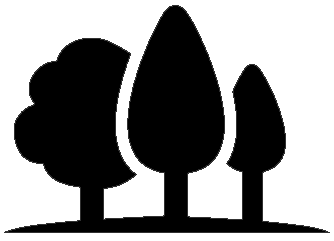

High-Flying Tools for Restoration
By soaring solo and nearly silently above the land, drones can save time and resources over a team of humans trekking out to gather data. They can also gather a greater volume and breadth of data than human scouts are able to discern with the naked eye without disrupting the environment on the ground. This light touch is especially valuable when it comes to projects taking place on already fragile land, like BCI’s restoration work in the Gila National Forest.
Leveraging drone technology for conservation
The team uses the data the drones collect to create maps and monitor the progress of restoration efforts. Once programmed, the drones fly themselves up and down a selected area in a pattern similar to a lawnmower’s path across a field, taking photos at regular intervals and mapping up to 300 acres in a single 45- to 60-minute flight. The photos are then stitched together to construct a detailed 3D rendering of the ground below, a process called photogrammetry. The drones can also be outfitted with light detection and ranging (LiDAR) sensors, which provide highly detailed information about the landscape, and multispectral cameras that document vegetation health by capturing nuanced variations in color.
—Bianca Signorini

The future of restoration
At present, drone capabilities will be essential in the Gila for efficiently allowing the team to monitor the “green line”—how far riparian areas are reaching as they recover. This helps them determine how quickly the land is regenerating and decide how to adjust and direct their next efforts as BCI continues working to restore the forest.